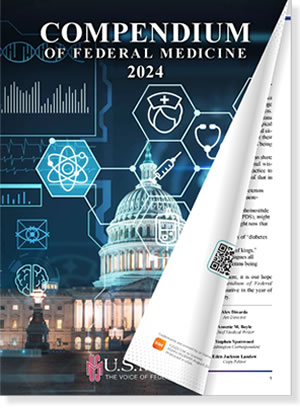Reaching At-Risk Veterans
The expected cost of the pilot grant program is relatively small—around $20 million over its three-year run. What is really at stake, however, according to advocates for both versions of the bill, is VA’s ability to find new, more effective ways of reaching at-risk veterans where they live. Opponents of the original bill, which had no restrictions on using funds for clinical care, believed it did so at the expense of VA’s mandate to provide care.
In a letter to the committee, Althea Predeoux, legislative director of the American Federation of Government Employees, wrote, “Under HR3495, clinical care provided by grantees would be fragmented and lack the specialization, provider competency, coordination and accountability of care provided through the VA. There would be a lack of fiscal controls and it would be unprecedented to fund clinical care for veterans without any prior authorization from the VA.”
AFGE strongly supports Takano’s legislation, which keeps clinical care in VA’s arena through its existing telemental health program and community care network.
For Rep. Phil Roe (R-TN), a physician who is the ranking Republican on the House VA committee, the restriction on groups using grant funds for clinical care was the reason he could not support Takano’s bill. “If we are explicitly denying [veterans] a pathway to lifesaving care through this program, [then] we are failing miserably those men and women, and we are telling them that the status quo, and the union’s fear that providing a veteran in crisis basic care anywhere but at a VA medical facility or blessed in advance by a VA bureaucrat, is worth more than their life.”

